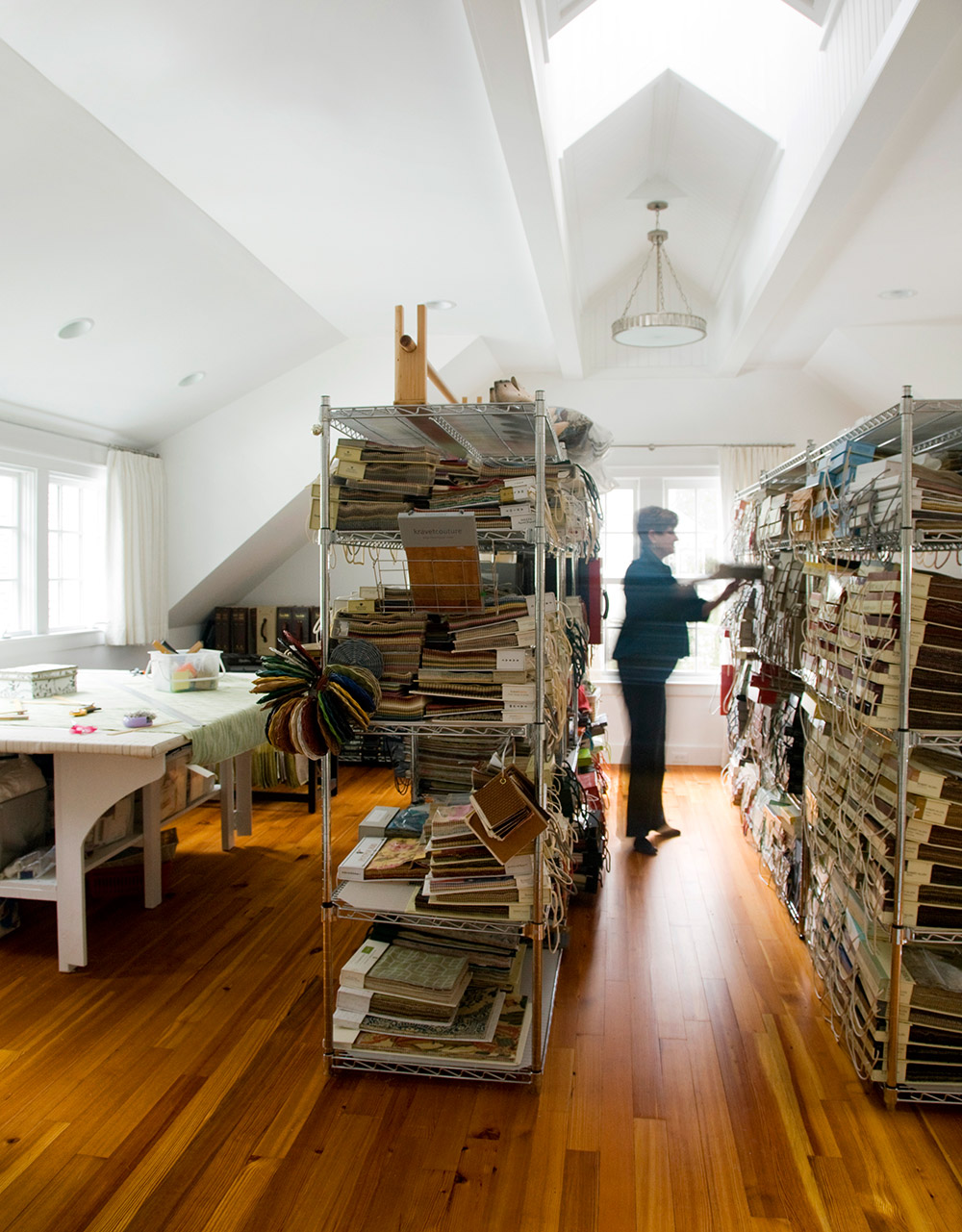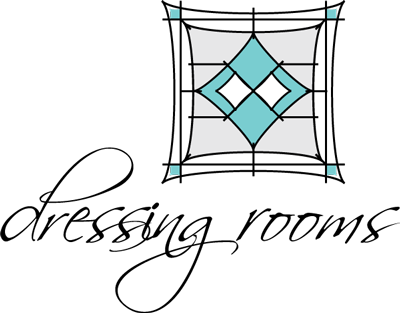 When meeting a potential new client for the first time, the first questions we hear are usually some form of “how is this going to work?” and “how long will it take?” Our answer is that every project is different, and the process is dictated by the project. As you might expect, a full house remodel is a great deal more involved and time-consuming than the refreshing of a single room. In addition, the upfront clarity of a client’s goals, requirements, and priorities plays a significant role in the timeline of our work.
When meeting a potential new client for the first time, the first questions we hear are usually some form of “how is this going to work?” and “how long will it take?” Our answer is that every project is different, and the process is dictated by the project. As you might expect, a full house remodel is a great deal more involved and time-consuming than the refreshing of a single room. In addition, the upfront clarity of a client’s goals, requirements, and priorities plays a significant role in the timeline of our work.
Basic Structure
That said, there are some commonalities in our approach, regardless of the project’s scope. For one, we are respectful of our clients’ time and are always succinct and well prepared for all our design presentations. For the rest, please read on:
- After fielding the initial inquiry, we schedule a phone screening with the client to establish the project parameters and learn about their objectives.
- At our request, the client spends some time collecting pictures of rooms and finishes they particularly like. In our experience, it’s often difficult to articulate one’s style preferences, but quite easy to point to designs that strike a chord.
- We meet the client, usually in the client’s home, to get acquainted with each other and the work to be done. During this session, we’ll review the collection of pictures, talk about style preferences, and delineate all of the required design items. We’ll also ask the client to prioritize these items.
- We work together with the client to decide on all the desired finishes from colors, furniture, and cabinetry to flooring, fixtures and lighting. Simultaneously, we develop a floor plan that best suits their needs for comfort and function.
- As we begin to piece together the design, we invite the client to come to our studio to look at and feel product samples. If historic elements are to be part of the project, we make plans to visit resources for antique and restoration pieces. We also invite clients to accompany us to the Boston Design Center as it is an excellent resource for seeing a great range of possibilities.
- The final step is manufacturing and installation. Aside from the painters, cabinet makers, plumbers, and electricians, Dressing Rooms plays a major role in the creation of certain elements of the overall design. This may involve the creation of custom textiles (e.g, window treatments and slipcovers, decorative pillows) in our shop, the design and specification of custom furniture, and adaptive reuse of historic/antique items.
